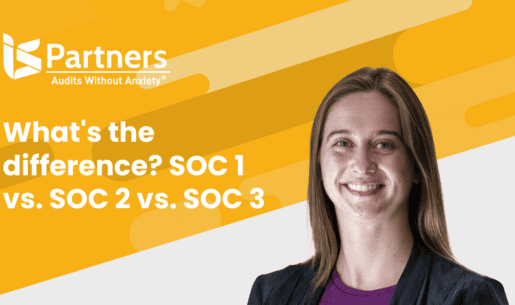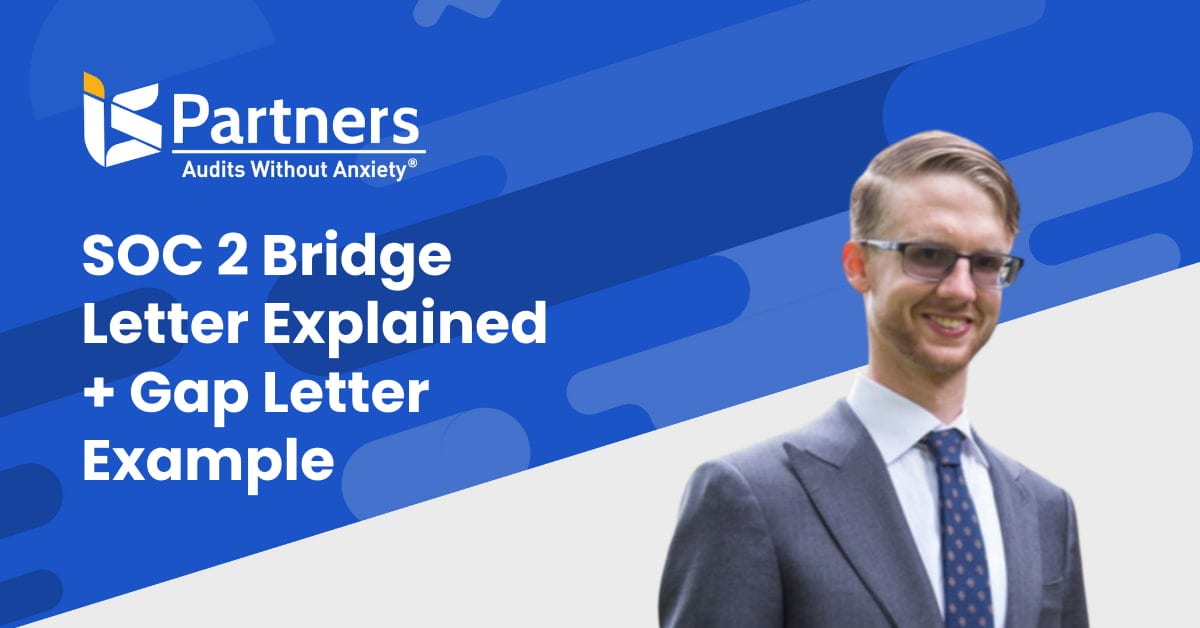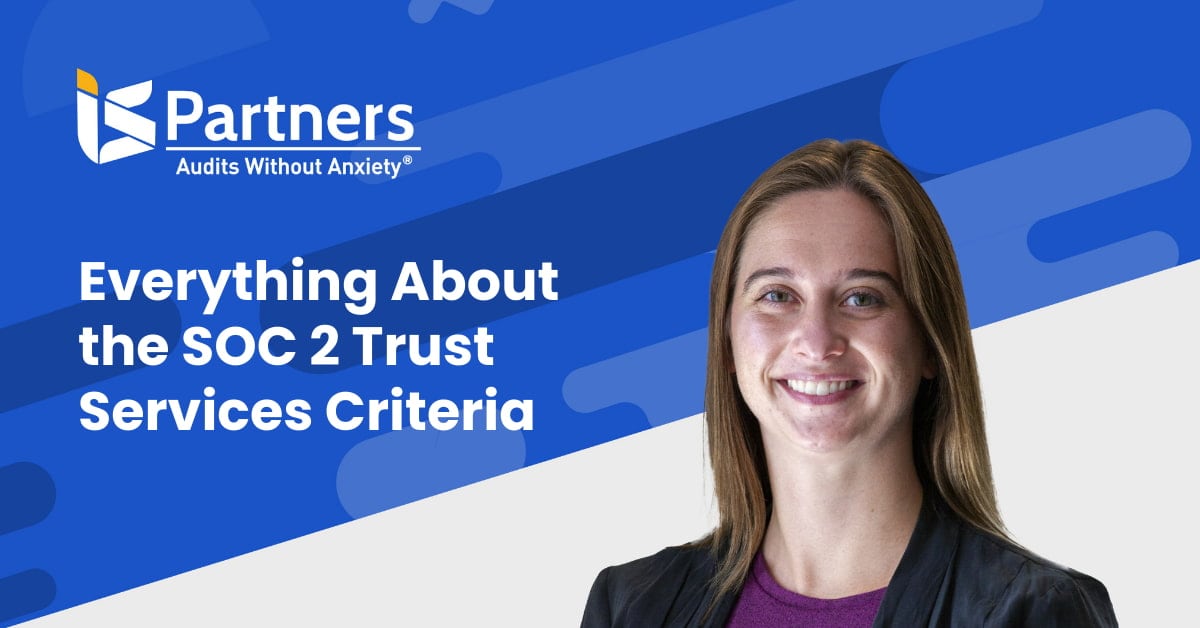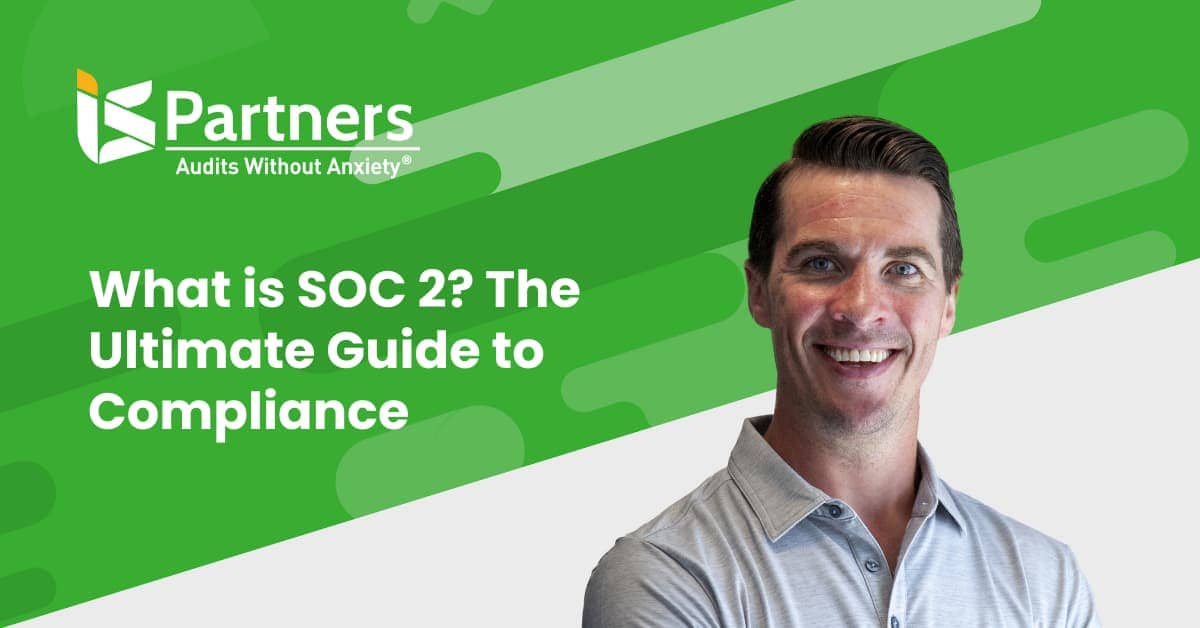Understanding SOC Compliance Reports
Have you ever wondered about “SOC 1 vs SOC 2 vs SOC 3” and the differences among these compliance reports? Well, in today’s data-driven world, ‘SOC 1’, ‘SOC 2’, and ‘SOC 3’ reports are crucial compliance assessments that help in managing cybersecurity risk. These SOC reports are typically required by service providers, especially those that handle a vast amount of data.
Today’s businesses are increasingly relying on the expertise of at least one service organization to streamline their operations. It is crucial that each service provider ensures that their security controls align with those of their client for the sake of data security.
Key Takeaways
1. SOC 1 focuses on a company’s internal controls impacting user financial reports, while SOC 2 and SOC 3 cater to non-financial controls like sales, marketing, and customer support.
2. SOC 2 makes sure everyone knows that not only are you on top of handling and protecting data securely, but you’re also reliable with things like system access.
3. SOC 3 covers the same information as SOC 2, but it’s less technical.
The System and Organization Controls (SOC) report has become the standard metric for reviewing and articulating a service organization’s services and internal security practices for the benefit of the client or user organization. SOC 1® vs SOC 2® vs SOC 3®, however, you compare and contrast them, these reports are invaluable to ensuring that user entities and service organizations stay on the same page regarding customer data security.
To truly be valuable for your organization, you must be able to understand the most important information within the SOC 1, SOC 2, SOC 3, or SOC for Cybersecurity report, but you may need some clarification as to just what the report conveys and how you can best interpret it. The first step is to determine the type of SOC report that you need to interpret.
What’s the Difference? SOC 1 vs SOC 2 vs SOC 3
When you’re comparing SOC 1 vs SOC 2 vs SOC 3, it’s critical to understand their unique offerings and how they respond to different needs amongst service providers and their customers. Essentially, they represent various tiers of the Service Organization Control framework that address internal controls related to financial, security, and other operational aspects.
“I’ve seen firsthand how SOC compliance can transform an organization’s operations and reputation. SOC 1, SOC 2, and SOC 3 compliance enhances trust and visibility in a business’s operations, offering a tangible testament to the emphasis placed on safeguarding clients’ information, which is a huge concern in today’s digital landscape.” – Dave Zuk, Director of the SOC Practice at I.S. Partners
SOC 1
The SOC 1 audit involves the user auditor’s review of the user entity’s financial statements to evaluate the effect of the controls at the service organization, according to the AICPA. Under SOC 1, a CPA may perform two types of audits: SOC 1 Type 1 and SOC 1 Type 2.
- Type I – This type of report focuses on a particular date, which is also known as a point-in-time report. A Type I report also includes a description of the service organization’s system. It also tests to the system to determine whether the controls are designed appropriately.
- Type II – Type II reports cover a period of time, which is most frequently set at 12 months. This type of report tests the operating effectiveness and design of key internal controls over the designated period of time.
Companies that are recommended to get SOC 1 compliance are typically those involved with financial reporting controls. This includes trust departments, registered investment advisors, operators of employee benefit or retirement plans, Payroll processing firms, and loan service providers.
SOC 2
The SOC 2 report focuses the controls at a service organization, relating to security, availability and processing integrity for the systems that the service organization uses to manage and process user’s data. The report serves to ensure the confidentiality and privacy of the information processed by these systems, according to the AICPA.
Additional information to look for in your SOC 2 report includes oversight of the service organization, vendor management programs, regulatory oversight, risk management processes, and internal regulatory oversight.
Similar to SOC 1, SOC 2 features two types of reports.
- Type I – This type of SOC 2 report is an analysis of whether the service organization’s controls were designed correctly. There is no official testing here, per se, but it offers an overview of the controls as a point-in-time report to ensure the service organization is accomplishing its end goal.
- Type II – The Type II test is far more in-depth and provides more valuable insights. Here, the auditor tests the effectiveness of the controls. He or she examines how the controls really work and reviews samples to see how they function.
Who Should Aim for a SOC 2?
Businesses advised to get SOC 2 compliance usually handle non-financial controls pertaining to areas such as security, data and access control. These involve data center co-locations, Software as a Service (SaaS) providers, cloud service providers, and managed IT service providers. Nonetheless, SOC 2 compliance isn’t exclusive to these businesses and may extend to other types as their digital footprint and data processing increases.
SOC 3
SOC 3 is designed to meet the user’s need for assurance regarding the controls at an organization related to security, availability, processing integrity, confidentiality or privacy. However, these are general reports that do not have the need to make it fully effective as a SOC 2 report. They are available for wide distribution.
Compare & Contrast Compliance Reports
Let’s take a closer look at what SOC 1 vs SOC 2 vs SOC 3 have in common and what makes them different.
Similarities: SOC 1 vs SOC 2 vs SOC 3
Let’s first compare SOC 1 vs. SOC 2 vs. SOC 3 to see how they are similar. The three main types of SOC reports have the following aspects in common:
- All three reports aim to provide assurance on a service organization’s internal controls.
- They are all conducted by independent auditors in accordance with AICPA standards.
- Both SOC 1 and SOC 2 provide two types of reports: Type I and Type II. Type I validates the design of the controls at a specific point in time. Type II, conversely, assesses their effectiveness over a period, typically 6 – 12 months.
- The reports help service organizations build trust with their customers and stakeholders by demonstrating a commitment to maintaining effective internal controls.
Differences: SOC 1 vs SOC 2 vs SOC 3
Now, let’s contrast SOC 1 vs. SOC 2 vs. SOC 3 to see how they are different.
| SOC 1 Reports | SOC 2 Reports | SOC 3 Reports | |
| Purpose and Scope | Focuses on controls relevant to a user organization’s internal control over financial reporting (ICFR). This report is primarily intended for the organization’s management, user entities, and their auditors. | Focuses on controls related to one or more of the Trust Services Criteria (TSC). It’s intended for a broader range of stakeholders, including management, user entities, regulators, and partners. | Also focuses on the Trust Services Criteria, but provides a less detailed, high-level summary report suitable for general public distribution, such as posting on a service organization’s website. |
| Level of Detail | Detailed, providing in-depth information about the organization’s control objectives, testing procedures, and results. These reports are usually considered confidential and are not intended for public distribution. | SOC 2 reports generally have the same in-depth detail as SOC 1 reports. | These reports provide a general overview of the organization’s controls related to the Trust Services Criteria, without disclosing detailed information about the control objectives, testing procedures, or results. |
| Intended Audience | Primarily for the organization’s management, user entities, and their auditors. | For a wider range of stakeholders, including management, user entities, regulators, and business partners. | Suitable for general public distribution. |
In summary, SOC 1, SOC 2, and SOC 3 reports all aim to provide assurance on a service organization’s internal controls, but they differ in their focus, level of detail, and intended audience. While SOC 1 reports concentrate on controls relevant to financial reporting, SOC 2 and SOC 3 reports focus on the Trust Services Criteria, with SOC 3 offering a summary report for public distribution.
In summary, SOC 1, SOC 2, and SOC 3 reports all aim to provide assurance on a service organization’s internal controls, but they differ in their focus, level of detail, and intended audience.
While SOC 1 reports concentrate on controls relevant to financial reporting, SOC 2 and SOC 3 reports focus on the Trust Services Criteria, with SOC 3 offering a summary report for public distribution.
To see a real-life example of a SOC 3 summary report, check out the Independent Service Auditors Report we provided to Kastle Systems.
Determining Which SOC Report You Need
Imagine you’re trying to pick the right outfit for a big event. You’ve got to consider the occasion, who’s going to be there, and the overall vibe you want to give off. It’s the same deal when choosing the right SOC report for your company – you need to think about what your company does, who you’re working with, and what you’re looking to achieve.
If your company handles customers’ financial reports, then SOC 1 is your best choice. It’s like your go-to suit for formal events. This report shows that you are serious about the job at hand – making sure customer financial data is safe.
Now let’s say your business handles a broader range of customer data, especially in the cloud. In this case, SOC 2 could be your perfect match. It’s kind of like swapping the formal suit for something more avant-guarde. SOC 2 makes sure everyone knows that not only are you on top of handling and protecting data securely, but you’re also reliable with things like system access.
Then, there’s SOC 3. It’s for when you want to show off your commitment to security without going into all of the details. Like wearing a branded t-shirt of a cause you support. SOC 3 covers the same stuff as SOC 2, but it’s less technical. This makes it a great choice to show your stakeholders that you’re serious about security, without overwhelming them with facts and figures. It’s your way of saying, “Hey, we’ve got this!”.
The Value of SOC Compliance
SOC compliance underscores the concept of trust service, which merges robust data security practices to protect customer data, acting as the pillar of security and privacy in data-centric businesses. This compliance involves three variants – SOC 1, SOC 2, and SOC 3, each serving unique objectives. SOC 1 focuses on a company’s internal controls impacting user financial reports, while SOC 2 and SOC 3 cater to non-financial controls like sales, marketing, and customer support.
The core of SOC compliance revolves around trust service criteria, ensuring strict adherence to security practices to protect data comprehensively. It reflects the company’s commitment to maintaining a reputable stance by assuring customers that their data is secure and well-protected. Thus, organizations invest heavily in advanced security practices for effective risk management and attaining comprehensive SOC compliance, which subsequently solidifies their credibility.
In essence, SOC reports demonstrate more than a company’s commitment to security and privacy—they symbolize its ethos and robust cyber hygiene practices, establishing it as a reliable entity in today’s data-driven digital environment.
Addressing the Most Common SOC Audit Challenges
Remember, the goal of any soc audit isn’t to spotlight any shortcomings but rather to identify areas of improvement. This process is about addressing risk by achieving the highest level of security and compliance in your operational controls.
- Lack of Understanding: Many organizations don’t understand the SOC audit scope or requirements. Therefore, it’s important to educate everyone involved about what SOC is and what it entails.
- Insufficient Documentation: SOC audits require substantial paperwork, which many organizations lack. Make sure to keep accurate records and document all the necessary procedures and controls in place.
- Poor Coordination: SOC audits often require input from multiple departments. Coordinate with all relevant departments in advance to ensure everybody is ready and understands their roles in the audit.
- Inadequate Planning: Responding to a SOC audit request can be stressful, especially if not adequately prepared. Prepare in advance, understand the requirements, and have all the necessary documentation in place.
- Non-compliance with Controls: Many organizations don’t adhere to the necessary control protocols. Regular review and monitoring of the controls can help ensure compliance with the SOC requirements.
- Lack of Necessary Skills: Some organizations may lack certain skills to facilitate a SOC audit. Sourcing external expertise or providing adequate training can help overcome this challenge.
- Finding the Right Auditors: It’s critical to have experienced auditors conducting the SOC audit. Invest time and effort in finding the right auditors with the necessary expertise.
- Cost Issues: SOC audits can be costly. To manage the cost, it’s important to plan ahead, allocate resources wisely, and continually monitor expenditures.
- Time Constraints: The SOC auditing process can be time-consuming. Effective scheduling, dividing tasks and preparing in advance can help handle time constraints.
- Post-audit Actions: Many organizations fail to act on audit findings. Ensure you make the necessary changes based on audit results and recommendations.
Why Choose I.S. Partners for SOC Audits and Compliance Support
Choosing I.S. Partners for SOC Audits and Compliance Support promises a distinct, effective approach. Our unique blended model combines business risk expertise, dedicated IT resources, and security experts to deliver individualized compliance solutions. We streamline the entire audit process, providing a stress-free experience and an interactive client platform for seamless data sharing. Our numerous certifications attest to our credibility and proficiency. As a CPA firm specializing in SOC, PCI DSS, and HITRUST exams, we use a technology-driven process to deliver high-quality service.
FAQs About SOC 1 vs SOC 2 vs SOC 3
SOC 1®, SOC 2® and SOC 3® are registered trademarks of the AICPA (American Institute of Certified Public Accountants). The AICPA® Trust Services Criteria for Security, Availability, Processing Integrity, Confidentiality, and Privacy is copyrighted by the Association of International Certified Professional Accountants. All rights reserved.




